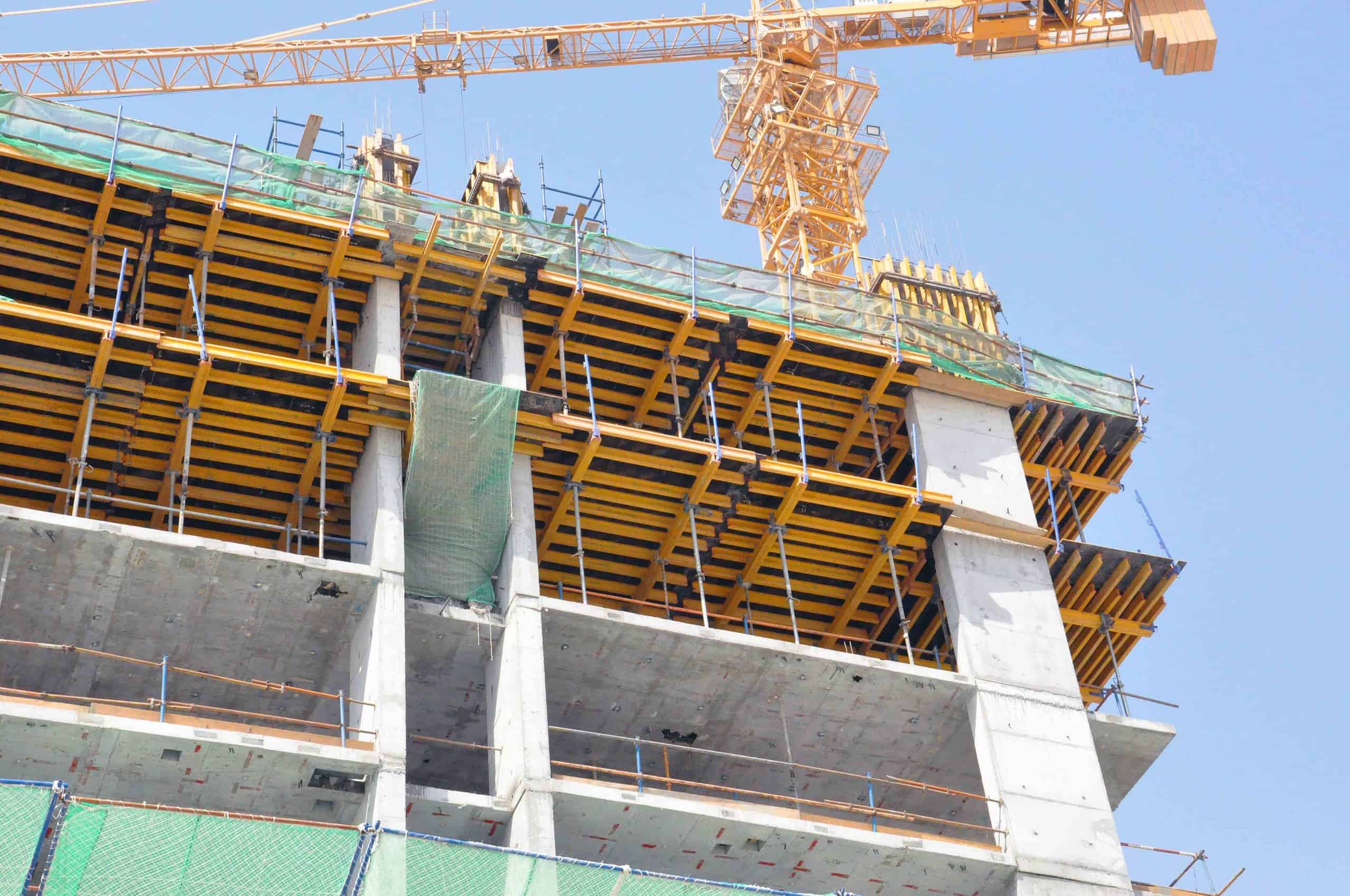What Is Formwork in Slab Construction?

Facing challenges in slab construction? Formwork provides the necessary support and shape for wet concrete, ensuring stability, precision, and efficiency in constructing durable and high-quality slabs.
Formwork in slab construction is a temporary structure used to mold, support, and contain wet concrete until it hardens. It ensures stability, proper shape, and a smooth finish for concrete slabs.
Below, we explore the purpose, types, importance, and best practices for using slab formwork to ensure quality and efficiency in your construction projects.
What Is Slab Formwork?
Wondering what slab formwork is? This temporary structure supports wet concrete, ensuring proper shape and stability during the construction of slabs.
Slab formwork is a temporary framework used to mold, support, and contain wet concrete until it hardens. It ensures stability and provides precise shapes and smooth finishes for concrete slabs.
Slab formwork refers to the temporary support and mold system used during concrete slab construction. Its primary functions include:
- Shape Formation: Ensures slabs are cast to desired dimensions.
- Structural Support: Prevents collapse under the weight of wet concrete.
- Surface Quality: Provides a smooth finish to slabs.
Slab formwork is a vital element in ensuring structural integrity and quality in construction.
Why Is Slab Formwork Important in Construction?
Curious why slab formwork matters? It plays a crucial role in shaping durable, high-quality slabs, reducing labor costs, and ensuring safety during the construction process.
Slab formwork is essential for structural stability, precise dimensions, and surface quality in construction. It minimizes labor costs, speeds up the building process, and ensures safety for workers.
The importance of slab formwork in construction lies in its ability to:
- Provide Structural Integrity: Prevents collapse and ensures the slab’s strength.
- Enhance Efficiency: Speeds up construction by supporting wet concrete effectively.
- Improve Surface Quality: Delivers a smooth and even slab finish.
- Reduce Costs: Reusable systems save material expenses.
- Ensure Safety: Stabilizes wet concrete to prevent accidents.
Its role is indispensable in modern construction projects.
What Are the Types of Formwork Used in Slab Construction?
Confused about which formwork to use? Different materials and designs cater to various construction needs, ensuring efficiency and quality in slab construction.
Common types of formwork for slabs include timber, plywood, steel, aluminum, and plastic. Each type has unique advantages, making them suitable for specific project requirements and budgets.
The primary types of formwork used in slab construction include:
- Timber Formwork: Cost-effective, easy to assemble, and suitable for smaller projects.
- Plywood Formwork: Lightweight and provides a smooth surface finish.
- Steel Formwork: Durable, reusable, and ideal for large-scale projects.
- Aluminum Formwork: Lightweight, corrosion-resistant, and reusable.
- Plastic Formwork: Best for repetitive tasks in large-scale projects.
The choice of formwork depends on project requirements, budget, and the desired finish.
What Are the Components of Slab Formwork?
Unsure about the components of slab formwork? Properly designed systems include essential parts like panels, props, and beams to support concrete slabs during construction.
Slab formwork includes essential components like sheathing, bearers, props, and ties. These elements provide support, stability, and shape to the slab until the concrete sets.
Components of slab formwork include:
- Sheathing (Panels): Mold surface for concrete.
- Props (Vertical Supports): Hold the panels and bear the concrete’s weight.
- Bearers (Beams): Distribute loads to props.
- Ties: Hold formwork components together for stability.
- Bracing: Prevents lateral movement and ensures alignment.
These components work together to maintain slab integrity during construction.
What Are the Advantages of Using Formwork in Slab Construction?
Looking to improve construction quality? Formwork enhances slab strength, reduces labor costs, and ensures precision, making it an indispensable tool in modern construction.
Advantages of formwork include improved slab quality, reduced construction time, and enhanced safety. It ensures precise dimensions, a smooth surface finish, and structural stability in concrete slab construction.
The benefits of using formwork in slab construction include:
- Precision: Achieves accurate dimensions and shapes for slabs.
- Durability: Ensures proper curing, enhancing structural strength.
- Efficiency: Reduces construction time and labor costs.
- Safety: Prevents accidents by stabilizing wet concrete.
- Reusability: Modern formwork systems can be reused, saving costs.
These advantages make formwork essential for successful slab construction projects.
Conclusion
Slab formwork is a critical component in concrete construction, providing the necessary support and shape for high-quality slabs. Understanding its importance, components, and best practices ensures efficient and safe construction processes.
